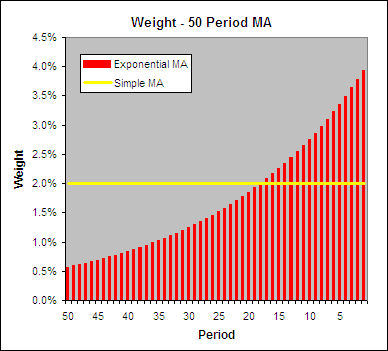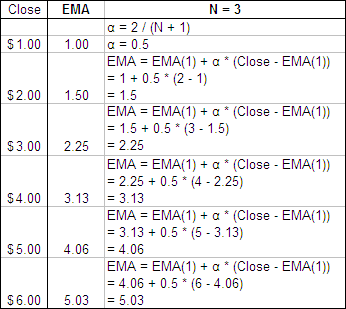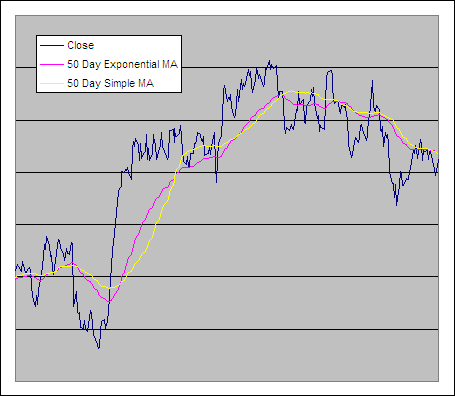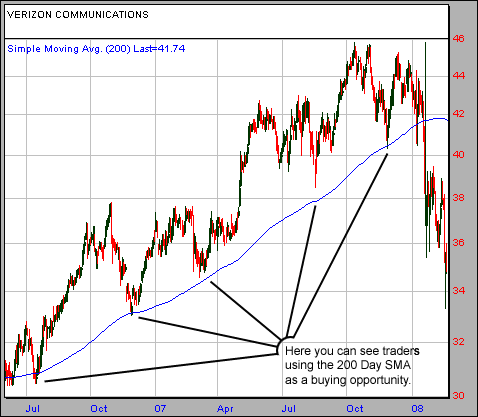The market is a dynamic, living and instant measure of the constant battle between Fear and Greed, between Supply and Demand. The participants in this battle are also split into two groups, the Smart Money and the Average Investor; those who profit over the long term due to skill and those from whom the funds originate.
A fool and his money are soon parted – Thomas Tusser (1557)
The Average Investor gets caught up in the emotional flow of the Stock Market. This causes him to follow the herd who buys when prices and greed are high and then sells when prices are low and fear rules.
The Smart Money on the other hand, won’t let emotion or the herd influence their decisions. They have their own strategies and follow them religiously. While there will be times when the market goes against them, they remain confident in the knowledge that sound investing principles will always ring true over time.
Wouldn’t it be great if there was a way you could look over the shoulder of this Smart Money group and simply copy them? Well by measuring Market Dominance it is possible to do just that. I am about to share with you a system that I created in January 2005. Inspiration for this model came from Charles Dow’s ‘Dow Theory‘ (1899), Joseph E. Granville (1976), Don Beasley’s ‘Dominant Market Theory’ (1997) and Norman Fay for introducing me to the work of Mr Beasley.
Measuring Risk – A time for Fear and A Time for Greed
The Smart Money becomes fearful when the risk levels are high and moves their funds to more stable areas of the market. Conversely they become greedy when the risk levels are low and look for investments that will most benefit from a rising market.
Investors should remember that excitement and expenses are their enemies. And if they insist on trying to time their participation in equities, they should try to be fearful when others are greedy and greedy when others are fearful – Warren Buffet Berkshire Hathaway 2004 Chairman’s Letter
To copy the Smart Money’s interpretation of Risk we need to compare two related yet separate areas of the market; one that is comparatively economically stable Vs one that is comparatively economically sensitive. In doing so we can reveal the dominant market and know if it is a time for Fear or a time for Greed.
The Dominant Market
The Dow Theory looks for the Transportation Average (DJT) to confirm the movements of the Dow Jones (DOW). The Transportation index is the more economically sensitive of the two, so when it is outperforming the Dow, this is a good indication that risk levels are low. However to create a simple trading system we need a way to measure this comparative performance in a decisive way.
One effective method is take the end of week (EOW) close price for the Dow Jones Transportation Index and divide by that of the Dow Jones Industrial Average. The result is a ratio to which we add a 10 week simple moving average (SMA) for signals. When the ratio is above its SMA, we know that the Transports are Dominant and vice versa.
In theory the dominant index is receiving more attention from the Smart Money based on their assessment of risk. When the Transports are dominant the risk levels are lower and this is a good time to be greedy for bullish positions. Alternatively, to keep things really simple, a long position can be taken in IYT (the ETF that tracks the Transportation Index). Add an EOW stop loss of -4% and you have a complete trading system called TransDow:
TransDow – Performance

The dark blue line on the chart above is the result of nothing more that EOW data, a ratio, a simple moving average and a stop loss! Only exposed to the market 45% of the time it achieved an annualized return during exposure of 17.62% compared to the Buy and Pray annualized return from the DOW and DJT of just 4.55% and 4.24% respectively.
Note, research shows that only 17% of mutual funds beat the market and only 5% beat them by more than 1% per year. In fact the average actively managed stock mutual fund returns approximately 2% less per year to its shareholders than the stock market in general.
The TransDow could hardly be described as a complicated system. All the trading rules can be explained to a child in about 150 words. Yet despite its simplicity it succeeds in doing something that the MBAs running America’s Mutual Funds have failed to do; it outperforms the market and it had done so in a big way over a VERY long time.
So what are the Transports doing during the times when the Smart Money is seeking safety and the Dow is dominant?
During the test period of 83 years DJT advanced 3,033%. However if you only had your money in DJT during the 50% of the time that the Dow was dominant over the Transports then you would have lost 84% (see red line on chart above). This is very compelling evidence to back up the theory that when the more economically sensitive Transports are dominant the vast majority of market gains occur and vice versa.

The Problem
So we have demonstrated this system working consistently over an 83 year period. That is nothing insignificant and I challenge you to provide an example of another system that can do the same over such a time frame. Despite this, we are not happy and do not view this model as being robust enough. The reason is simple, care to guess as to what it is? Leave your thoughts in the comments section below.
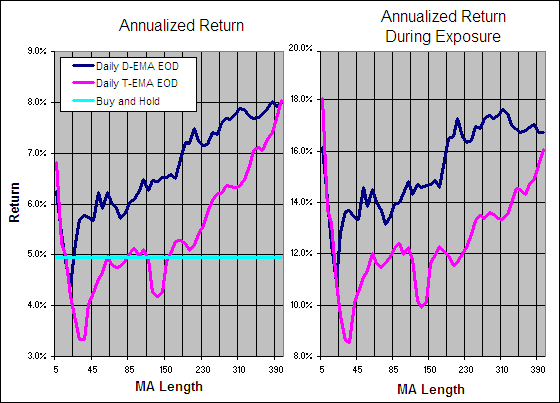
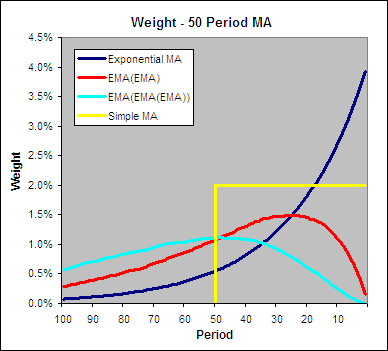
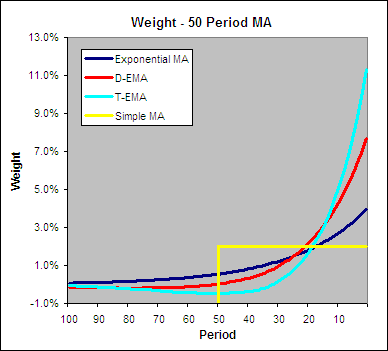
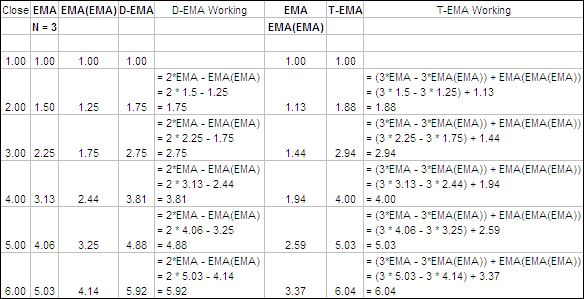


 .
.